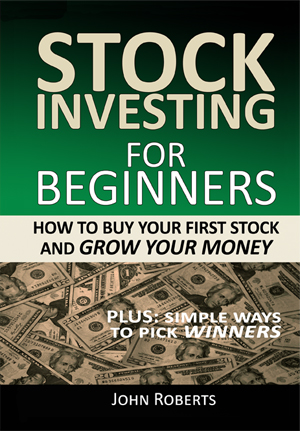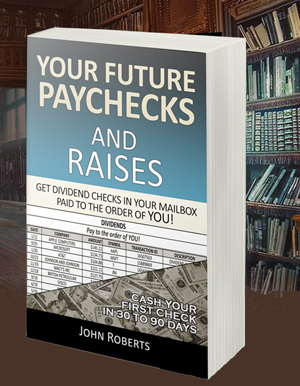Those Pesky Percents
You will be seeing percents in your investing. And let’s face it — some people have problems with percents.
Fortunately you won’t have to know too much about them using the Stock Market For Beginners way to invest. Just the basics. But just in case you have a bit of a problem with percents, here’s a simple way to understand them – and I bet you get this.
Just think of dollars and cents. Everyone knows there are 100 cents in a dollar. All the word cent means is one hundred (it’s a Latin word, actually). So “per cent” just means “per hundred.” That’s all it means. Get it?
So if someone says they made 8 percent, that means they made 8 cents per (for) every 100 cents they invested. If they invested 100 cents, now they have 8 more cents. So now they have 108 cents (or $1.08).
And if they say they made 100 percent, now they have 100 cents more for every 100 cents (a dollar) they invested. So now they have 200 cents (or $2.00).
So whatever the percent is, just pretend it’s cents and add it to a dollar (which has 100 cents). That’s how many cents you have after the investment.
Pretty simple isn’t it?
Now, people usually invest more than one dollar. So lets say you invested $1000. And let’s say you made 8 percent.
That means you made 8 cents for every dollar. Since you invested a thousand dollars, you made 8000 cents (1000 times the 8 cents). That’s 8000 cents, or $80.
So now you have your original $1000 plus the $80 for a total of $1080.
Or if you want to shortcut this and use a formula, it is …
How much you invested X the percent / 100.
How much you invested is $1000. The percent is 8. So you can enter 1000 X 8 / 100 = into your calculator just like that. This will give you the correct answer of $80.
Or you can use the percent key on a calculator, in which case you would enter 8 + 1000 % = which will give you the correct answer of $80.
Here are some illustrative thoughts on some sample percents and investment expectations. Note that some years you may lose money.
• You invested a $1000 and made 8% in a year. So at the end of the year you have $1080. That is the average return stocks have yielded over the past 90 years +-. That beats the heck out of 1% or less interest at a bank.
• You invested $1000 and made 20% in a year. So at the end of the year you had $1200. That is an outstanding return on your investment. At that rate you will double your investment in under four years.
• You invested $1000 and made 100% in a year. So at the end of the year you had $2000. That is a screaming great return on your investment. You should be writing this book, not me. Actually I have done this a few times, but it does not happen for every investment, nor should you expect it. Many of the stock newsletters I recommend bag a few of these most years. That’s why I use them.
That’s all you need to know. Your investment statements and online screens will show the percents and dollars for you. Now you know how they do it and what it means.



